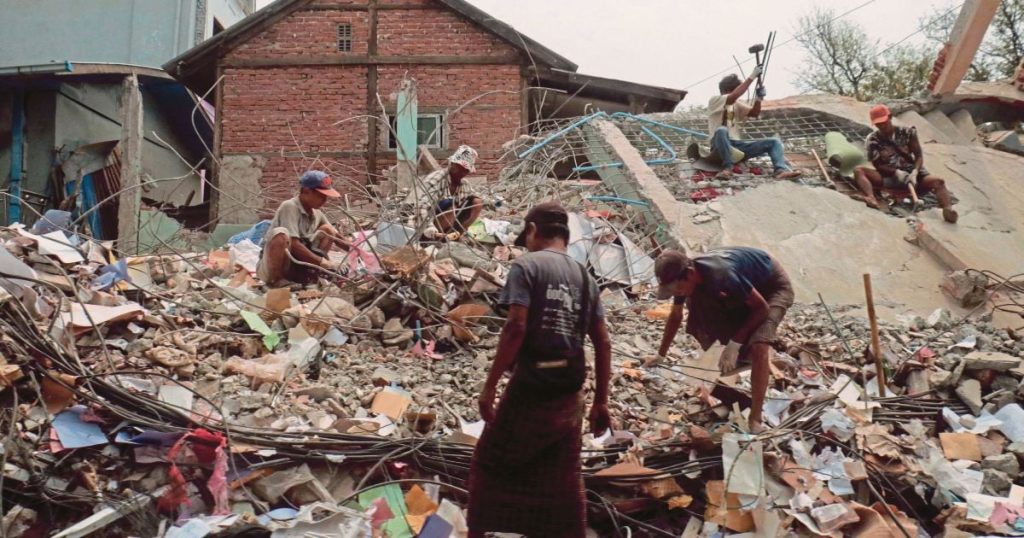Making Money Out of Disaster with Fake News
The digital age has brought about unprecedented advancements in information dissemination, connecting people across the globe and fostering greater access to knowledge. However, this interconnectedness has also created a fertile ground for the proliferation of fake news, particularly during times of crisis and disaster. This phenomenon, driven by the pursuit of profit, exploits the vulnerability of individuals seeking timely and accurate information, often with devastating consequences.
The spread of misinformation during disasters is not a new phenomenon. Historically, rumors and inaccurate reports have circulated during crises, adding to the chaos and hindering relief efforts. However, the advent of social media and online news platforms has amplified the reach and speed of fake news dissemination, making it a more potent and pervasive threat. The ease with which fabricated stories can be created and shared, combined with the virality of online content, allows misinformation to rapidly spread across borders, impacting public perception and potentially inciting panic and social unrest.
The motivation behind creating and spreading fake news during disasters is often financial. Unscrupulous individuals and organizations exploit the heightened emotional state of the public, capitalizing on the demand for information by generating sensationalized or fabricated stories. These stories, often designed to evoke strong emotional responses, attract clicks, views, and shares, translating into increased advertising revenue for the creators. The more engagement a piece of fake news receives, the more lucrative it becomes, creating a perverse incentive to prioritize profit over accuracy and ethical reporting. This can lead to a flood of misinformation, drowning out credible sources and creating confusion among those affected by the disaster and those seeking to help.
The consequences of fake news during disasters extend far beyond mere misinformation. Inaccurate reports can undermine relief efforts by misdirecting resources, creating unnecessary panic, and delaying the delivery of essential aid. For instance, false reports about the availability of supplies can lead to stampedes and looting, while fabricated information about the safety of specific areas can prompt people to evacuate unnecessarily, further straining resources and hindering rescue operations. Moreover, the spread of misinformation can erode public trust in legitimate news sources and authorities, making it more challenging to disseminate accurate information and coordinate responses effectively. This erosion of trust can have long-lasting impacts, hindering recovery efforts and increasing the vulnerability of communities to future disasters.
The fight against fake news during disasters requires a multi-pronged approach involving individuals, technology platforms, and regulatory bodies. Media literacy plays a crucial role in empowering individuals to critically evaluate information and identify potential falsehoods. Educational initiatives should focus on developing critical thinking skills and promoting responsible online behavior, including verifying information from credible sources before sharing it. Social media platforms bear a significant responsibility in curbing the spread of fake news. Investing in sophisticated algorithms to detect and flag suspicious content, coupled with human fact-checking initiatives, can help prevent the viral spread of misinformation. Additionally, transparent labeling of sponsored content and stricter policies against accounts promoting fake news can help maintain the integrity of online information ecosystems.
Government and regulatory bodies have a crucial role to play in establishing legal frameworks and regulatory measures to address the spread of fake news, particularly during disasters. While safeguarding freedom of expression is paramount, laws against intentionally spreading misinformation with demonstrable harm could deter malicious actors. International cooperation is essential to address the transboundary nature of online information flows, ensuring that regulatory efforts are coordinated and effective. Ultimately, combating fake news during disasters requires a collective effort rooted in critical thinking, responsible online behavior, technological innovation, and robust regulatory frameworks. By fostering a culture of media literacy and accountability, we can mitigate the harmful impacts of misinformation and ensure that accurate and reliable information reaches those who need it most during times of crisis. This collaborative approach is not only essential for effective disaster response but also for safeguarding the integrity of information ecosystems in the digital age. Failing to address this growing threat will have profound consequences for individuals, communities, and the very fabric of our increasingly interconnected world.


